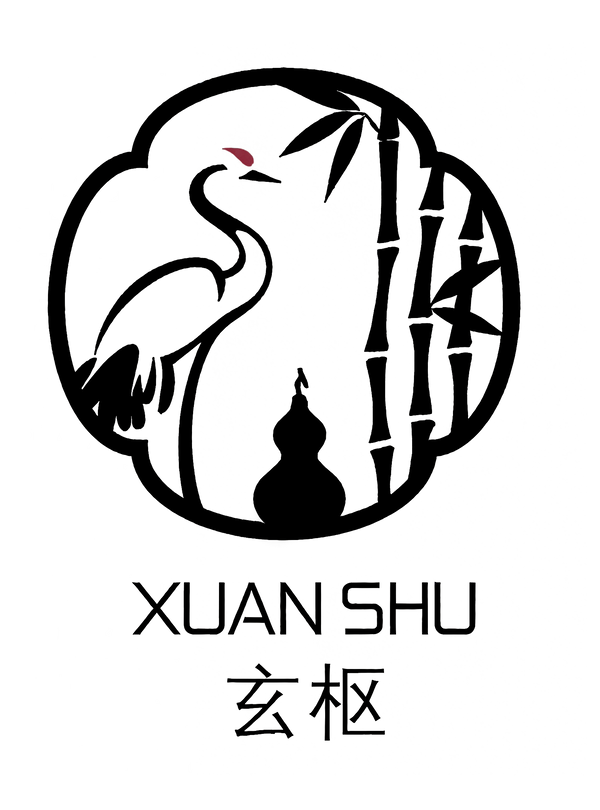The Celestial Feng Shui Series: The Impact of Yarlung Tsangpo River "Reservoir Sites" on Earth Luck Feng Shu
Recently, many people have expressed concern about the massive hydropower projects on the lower reaches of the Yarlung Tsangpo River, especially regarding their impact on China’s earth luck and feng shui. This colossal infrastructure, located in Linzhi City, Tibet Autonomous Region, involves constructing five cascade hydropower stations with a total investment of approximately 1.2 trillion RMB — five to six times larger than the Three Gorges Project, making it the largest single infrastructure project since the founding of the People’s Republic of China.
In the year 2020, the Gengzi year, I predicted a major flood disaster and explained in detail during a livestream the hydrological trends of the Yangtze River along with flying star feng shui analysis. Five years later, this “epic” hydropower project has reemerged, showing that the collective karma of the Chinese people inevitably manifests. I warned back then that large-scale reservoir projects for hydropower would inevitably disrupt the terrestrial feng shui energy.
Ancient Chinese water management emphasized dredging and drainage, much like clearing blocked blood vessels to maintain smooth flow. In contrast, damming rivers for storage is like cutting off blood vessels, stopping circulation throughout the body. While hydropower is beneficial, overdevelopment creates countless “blood clots” — stagnant water bodies disrupting the natural flow.
According to the latest 2024 data from China’s National Energy Administration and the Water Resources and Hydropower Planning and Design Institute, China has built over 94,000 dams spanning large-scale reservoirs to small hydropower stations. More than 600 medium and large hydropower stations have a total installed capacity of 436 million kilowatts, ranking first in the world — nearly 100,000 “clots” interrupting natural watercourses.
River hydrology is considered a core element of earth luck feng shui and dragon veins. China’s two main “dragon veins” are the Yangtze and Yellow Rivers, both originating from the Tanggula Mountains on the Qinghai-Tibet Plateau in the northwest. The Yarlung Tsangpo River is a major “branch dragon,” guarding China’s western and southwestern regions, playing a vital role in Tibet’s governance and Sino-Indian relations.

The Yarlung Tsangpo, also known as the Yangqu River, is the upper stretch of the Brahmaputra River system flowing into the Indian Ocean. Originating from the Jomayangzong Glacier on the northern slope of the mid-Himalayas, it is called the Maquan River above Saga in Tibet and the Yarlung Tsangpo below. It flows through four prefectures—Shigatse, Lhasa, Shannan, and Nyingchi—covering 23 counties, exiting China near Baxika in Motuo County, with a total length of 2,057 kilometers.
The river continues into India and Bangladesh, emptying into the Bay of Bengal. Its main tributaries include the Kaza, Nyang, Lhasa, and Nyang rivers. China’s outflow measures about 140 billion cubic meters annually, ranking third nationally. The drainage basin covers 240,500 square kilometers, the fifth largest in China.
The five dam reservoirs along the Yarlung Tsangpo are all located within Linzhi Prefecture, Tibet. On the broader Chinese map, Linzhi lies in the southwest region adjacent to Sichuan Province. According to the Da Xuan Kong (Great Void) Feng Shui method, this area corresponds to the southwest Kun palace, governing the fortunes of Yunnan, Guizhou, Sichuan, and parts of Tibet.
In the Ninth Period (2024–2043), the flying star six white (Liu Bai) in the Qian (metal) palace flies to the Kun palace, as illustrated in the figure below. The six white star is a waning and killing star associated with the element metal and the military star Wuqu, governing weapons and warfare disasters. This indicates the southwest region may experience war, including external Sino-Indian conflicts and internal unrest between Sichuan and Tibet.

Based on the Xuan Kong hexagrams, the six white flying star in the Kun palace combined with the two black Kun earth star from the New Year chart form the hexagram “Pi” (否, Obstruction). This hexagram means harshness leads to loss of close ties, weakness causes failure, and an externally harsh but internally soft disposition results in lack of talent and support, causing failure in endeavors. The gathering of weak persons at court and strong ones outside results in bureaucratic decline and national decay. However, “Pi” also signals a turning point — after extreme obstruction comes transformation.
According to Xuan Kong’s temporal hexagram theory, the lower trigram governs the first ten years (2024–2033), and the upper trigram governs the next ten (2034–2043). The lower Kun trigram with the Jumen star indicates small-minded officials and loss of righteous leaders in the first decade. The upper Qian trigram with the Wuqu star signifies sternness and war, predicting external and internal conflicts in the second decade.
Regarding mountain and facing stars, the five yellow earth poison star in the mountain position is controlled by the four green wood star facing it, activating the destructive power of the five yellow star. This portends disasters such as war, internal strife, and earthquakes. Both Tibet and the adjacent Yunnan-Guizhou-Sichuan region lie in earthquake-prone zones, indicating these hydropower projects may cause geological disturbances triggering earthquakes.
In summary, the southwest Kun palace’s flying stars and hexagrams during the Ninth Period are inherently ominous. Constructing multiple reservoir dams on the Yarlung Tsangpo activates these energies, likely triggering regional catastrophes including Sino-Indian conflicts, human-caused internal strife, earthquakes, floods, and droughts.

In recent months, Jupiter has slowly entered the southern Zhuque constellation’s Jing (井) star sector, lingering there for a considerable time. According to Chinese celestial star zoning, the Gui and Jing star sectors belong to the Qin region, governed by Yongzhou, covering present-day Sichuan, Gansu, and Shaanxi provinces.
Historically, Tibet was not part of the Nine Provinces before the Han Dynasty. During Emperor Wu’s reign, the country was divided into thirteen provinces, including Yongzhou, which encompassed Ningxia, Shaanxi, Gansu, Qinghai, and parts of Tibet. Therefore, categorizing the Sichuan-Tibet area under Yongzhou is reasonable.
Jupiter’s transit through Jing constellation aligns with ancient texts predicting “earth labor” (earthworks) and river projects. Historical sources indicate that “Chuan Du” (river systems) dredging and management shaped landscapes and society since the Han Dynasty.

Classical texts state that Jupiter’s presence in the east Jing star sector foretells warfare within one to five years and internal strife. Concurrently, Mercury’s retrograde in the Gui constellation portends turmoil and ministerial punishments. This celestial configuration validates that constructing dams on the Yarlung Tsangpo could trigger Sino-Indian conflicts.
Tibetan regions have historically been considered “barbarian” lands, home to Qiang and Tubo peoples. The ongoing hydropower developments threaten this sensitive area’s geopolitical stability.
Furthermore, Jupiter’s intrusion into the east Jing star sector predicts floods and droughts in the southwest, corroborated by multiple classical feng shui and astrology texts.
In conclusion, combining Da Xuan Kong geomancy with celestial feng shui, the Yarlung Tsangpo hydropower project’s planning and commencement will severely disrupt earth luck feng shui patterns, causing unrest and conflict in southwest China. While these predictions signal inevitable hardships, they also emphasize the need for careful consideration in future water resource development.
Article by Principal Jingping


















